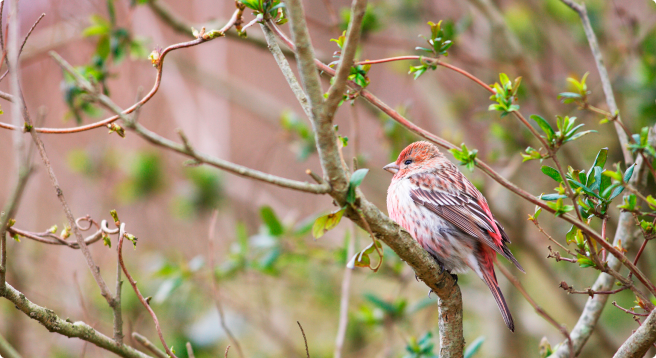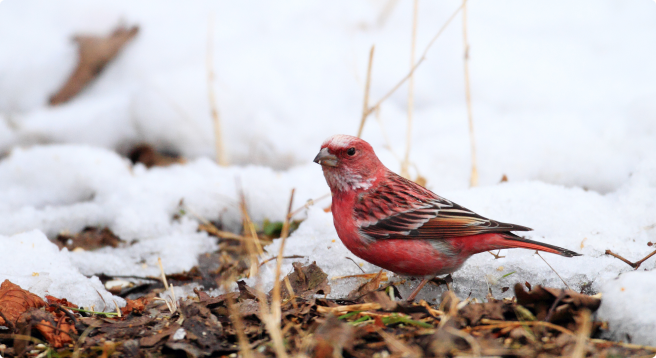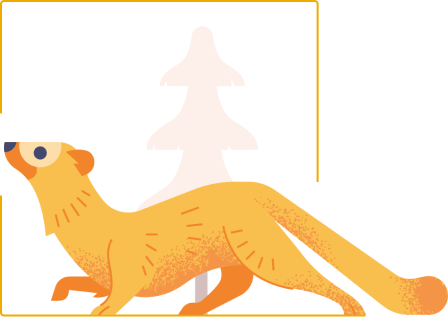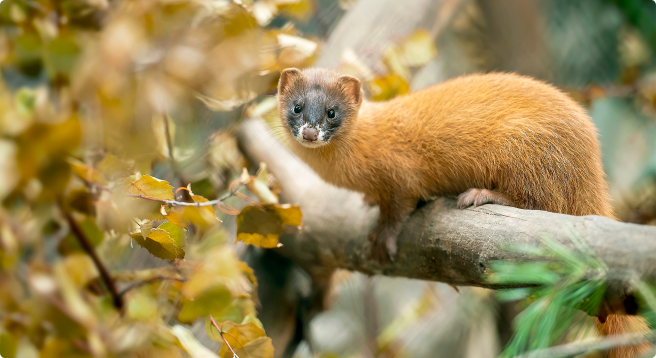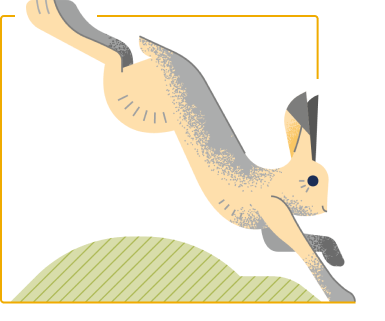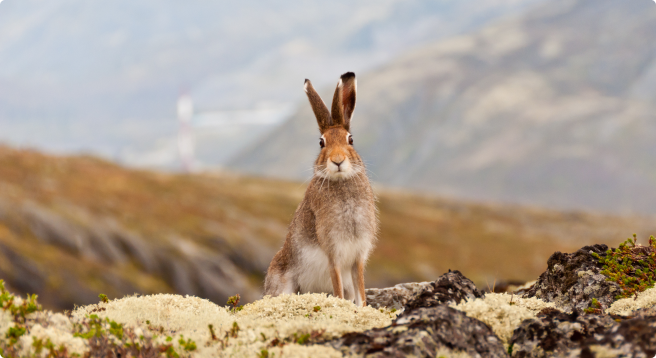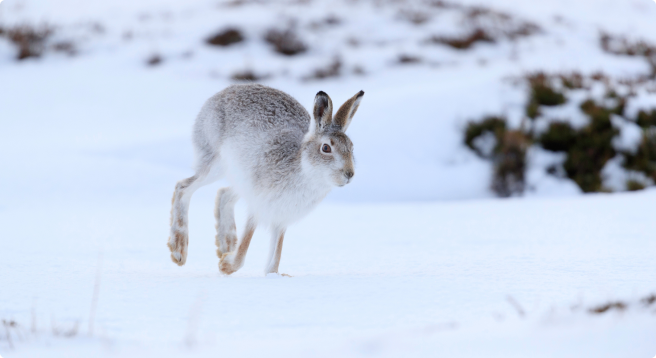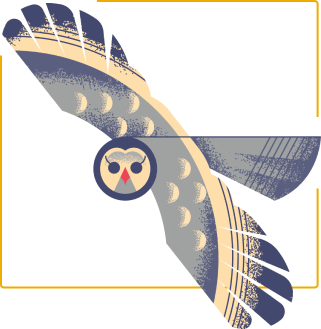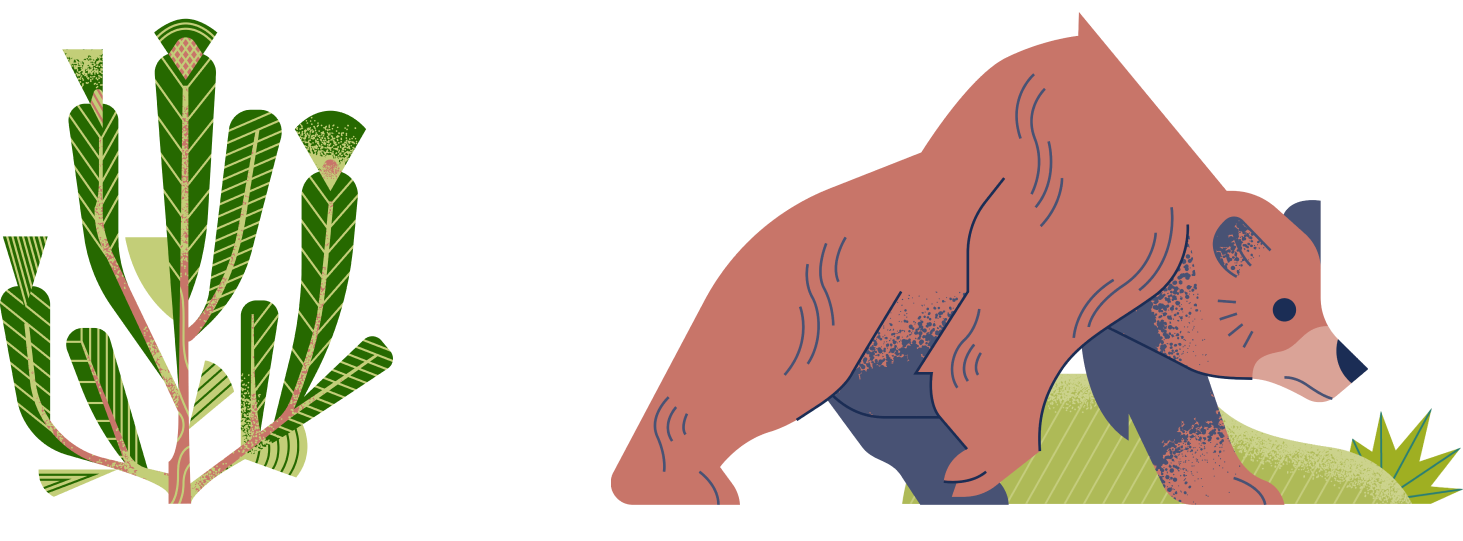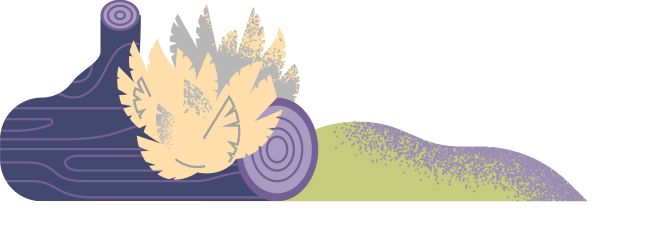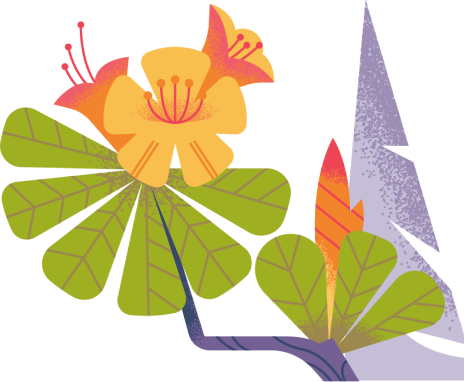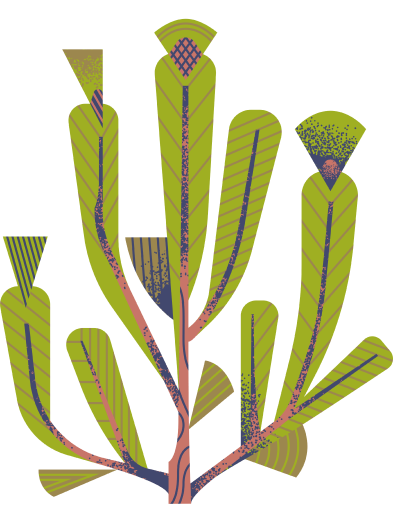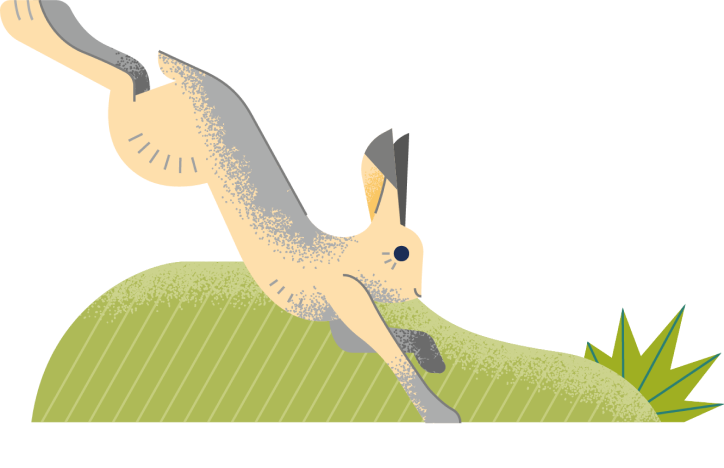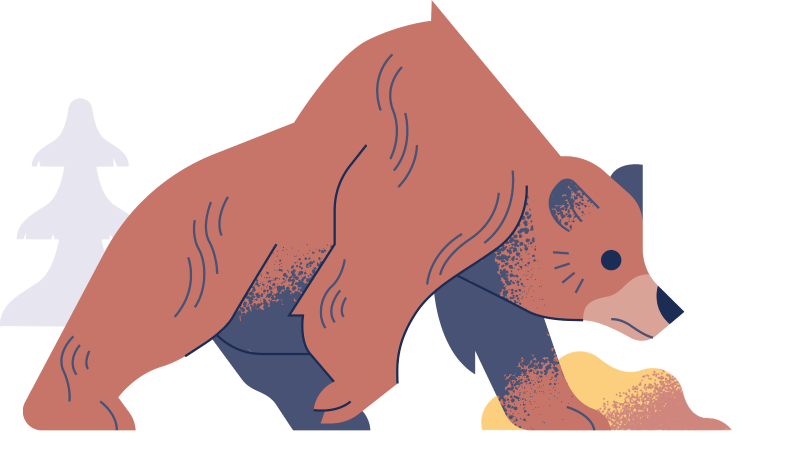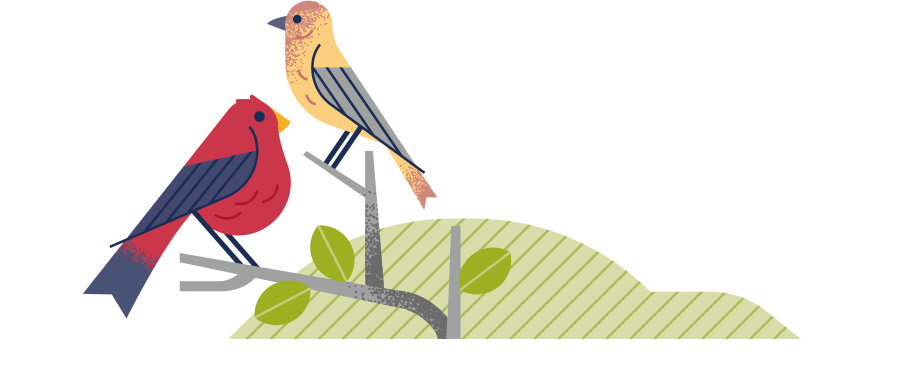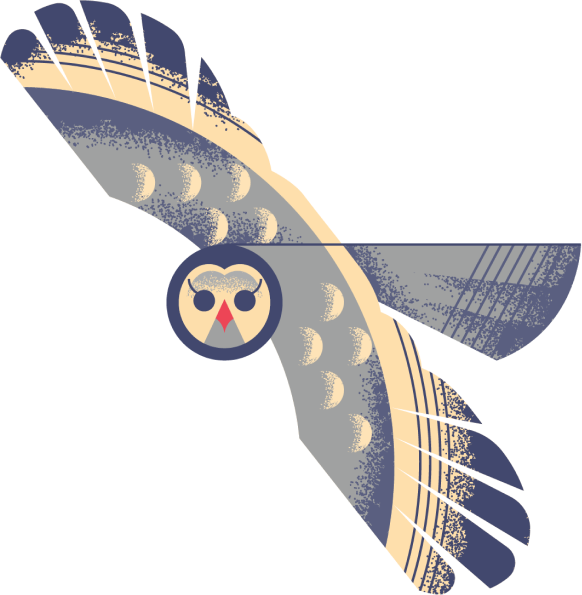About Gross Region
This region includes our Gross and Taborny operating mines, as well as our Tokko project.
The nearest regional protected natural area is Charuoda nature reserve located approximately 10 kilometers from our mine site.
The nearest federal protected areas are the Vitimsky and Olekminsky reserves.
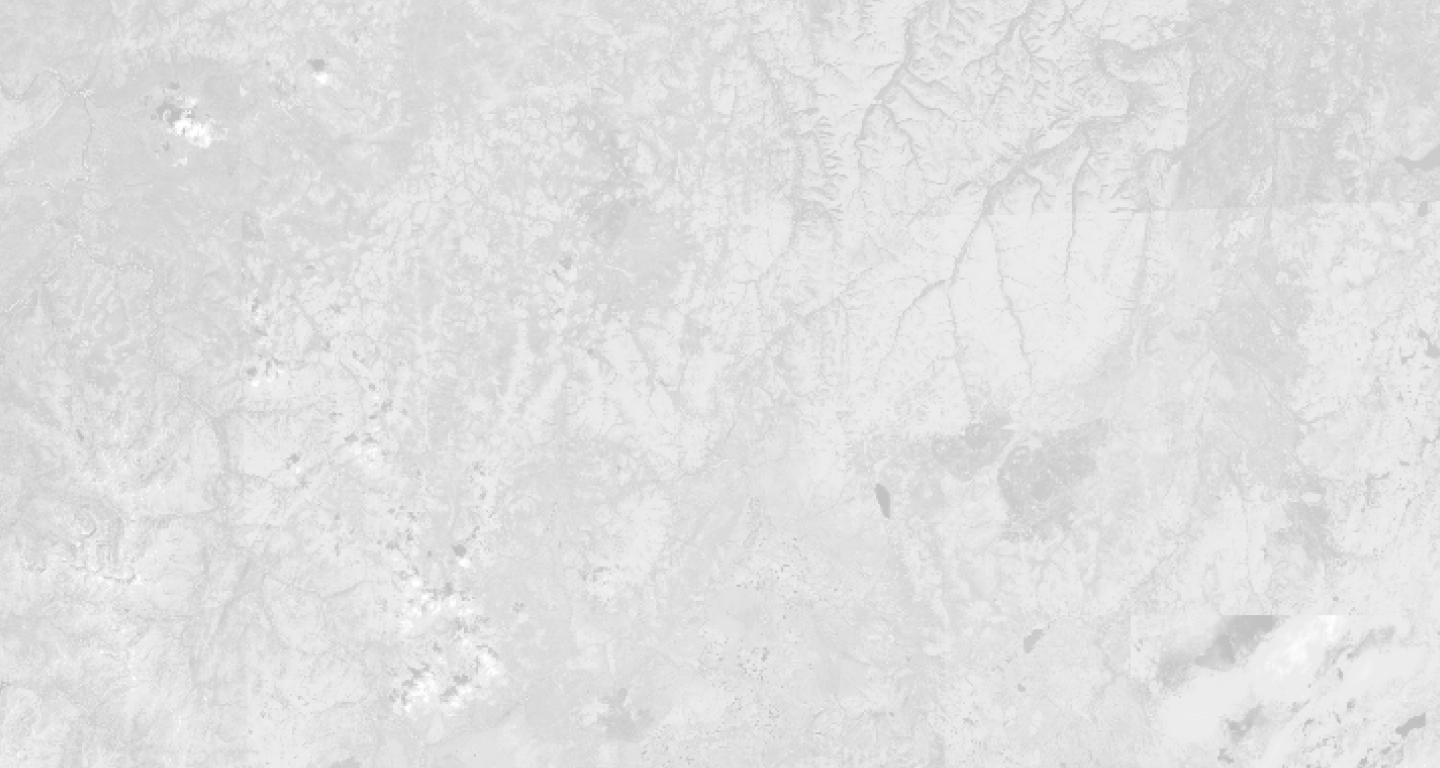

Biomonitoring
We conduct biological monitoring to evaluate the biodiversity and abundance of plants and animals in the areas surrounding the Gross Region.
Through research, we understand current plant and animal environment, identify vulnerable species, and develop plans to preserve and reintroduce animal populations.
We are conducting a scheduled biodiversity monitoring project at Gross in 2021
Biodiversity research areas
Within each area:
Plant and animal studies are conducted
Even the slightest changes are documented
We monitor populations of species included in Russian Federal and Sakha Red Lists.
We establish monitoring baselines as points of reference for future studies.
Key phases
1Field studies
- Animal trail research
- Soil, and water sampling
- Identifying key habitats

2Laboratory processing
- Herbarium definition
- Evaluation of soil and water samples
- Animal counting
- Environmental mapping

Results
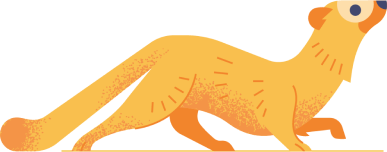

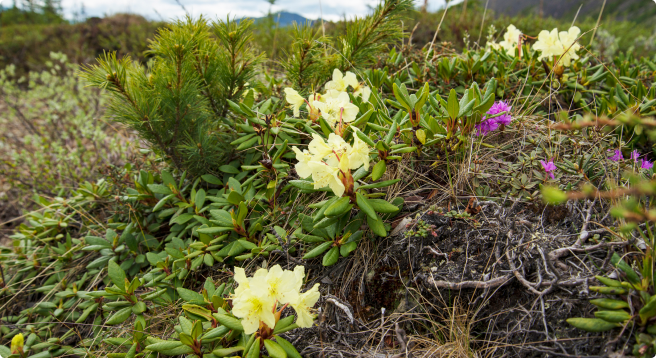

seeds
Grows slowly and can live up to 250-300 years.
Very prominent in the medium and high slopes around the deposit. Its cones are rich in starch and sugar and are a staple food for local animals.
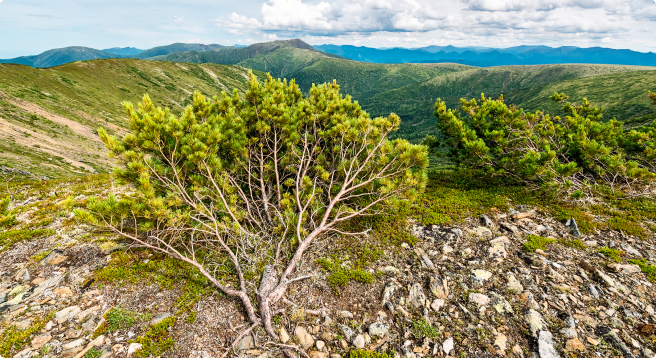
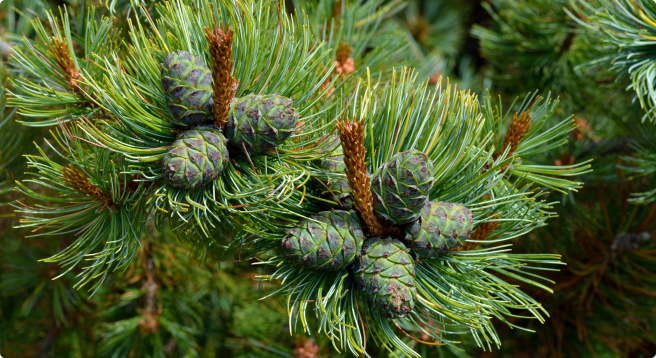

It is considered edible when young, yet collecting it is not recommended as it is an endangered species included on the Yakutia Red List.
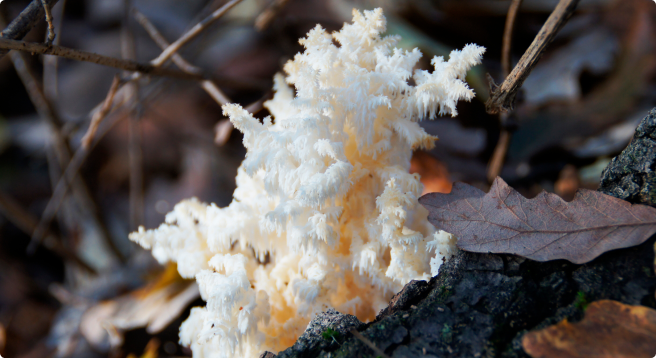
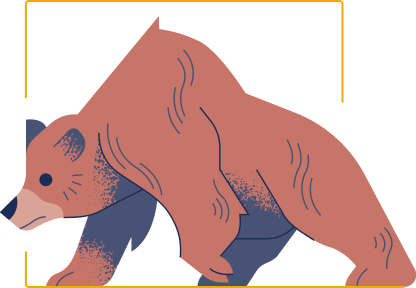
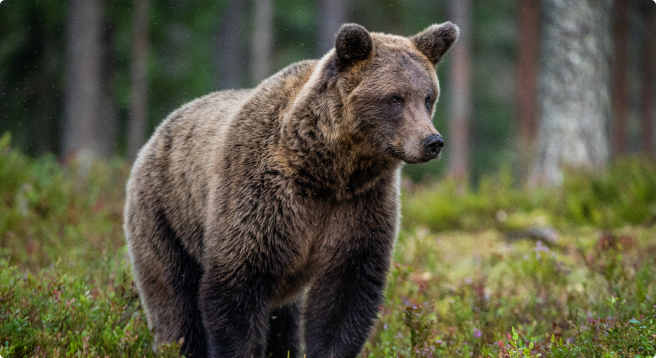
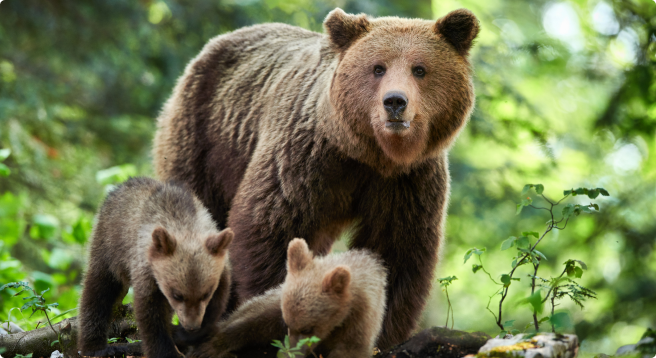

A typical Siberian species. It can be found near the Gross Region in dwarf pine thickets and deciduous woodlands where it feeds on the seeds of evergreen trees. A male and a female form a bond lasting several years. The females lay up to 6 blue eggs.
